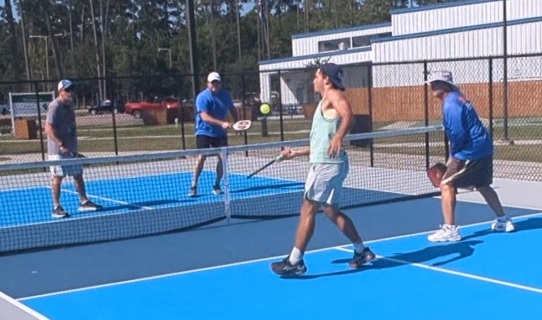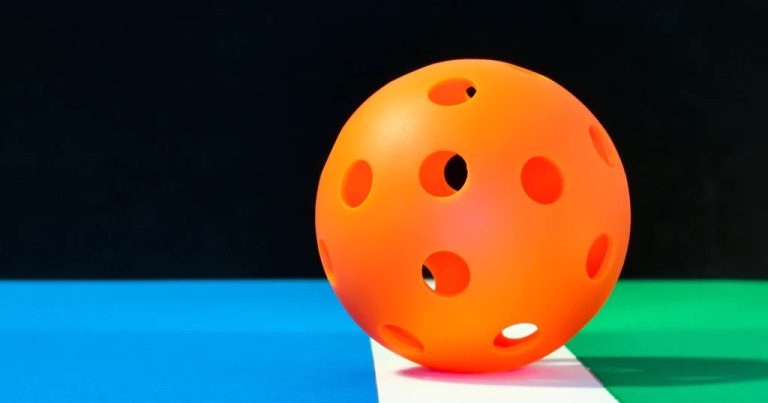Mastering Dinking
Mastering Dinking: Essential Tips and Strategies for Winning Pickleball Games
Pickleball, a game of precision and strategy, often hinges on mastering one crucial skill: dinking. This article provides professional tips for mastering dinking, helping you add variety to your game and outsmart your opponents.
Identifying Weak Spots on the Court
Every court has its weak spots. In pickleball, these are typically the left corner and the spot right behind the inside hip. By targeting these areas, you can gain an advantage over your opponents.
Avoiding the Dinking Rut
It’s easy to fall into a monotonous rhythm of repetitive backhand dinking. However, this lack of variety can make your game predictable and easy for opponents to counter. To avoid this, try to incorporate a mix of backhand and forehand dinks.
Creating Variety in Your Dinking
Variety is the spice of pickleball. After hitting two or three backhand dinks, switch to a forehand dink. This change of spin, pace, and movement can surprise your opponents and keep them guessing.
Protecting Your Space
A good dinking strategy involves protecting your weak spots. By finishing a backhand dink with the paddle over to your forehand side, you naturally protect these areas and maintain a strong court position.
Developing a Habit of Seeking Opportunities
Don’t just react to your opponent’s shots; actively look for opportunities to do something different with the ball. This proactive approach can create opportunities for offensive dinks and potential attacks.
Opening the Paddle for Cross-Court Dinks
Cross-court dinks can be a powerful tool in your pickleball arsenal. By opening your paddle in a different direction, you can hit these shots effectively and add another layer of unpredictability to your game.
Shifting Weight and Turning the Paddle
When a backhand punch comes back, shift your weight and turn the paddle to adjust the shot. This technique helps maintain stability and control over your shots.
Elongating the Shot and Finishing Towards the Target
Try to elongate your shots and finish towards the intended target. This strategy prevents your dinks from becoming choppy, short, and predictable.
Creating Offensive Opportunities
By incorporating variety, finishing shots well, and actively seeking opportunities, you can force your opponents into making errors. This strategy allows for more offensive dinks and potential attacks, giving you the upper hand in your pickleball games.
Mastering Dinking: The Art of Pickleball
Mastering the art of dinking can significantly improve your pickleball game. By following these tips, you can add variety to your game, protect your space, and create more offensive opportunities. So, get out there and start practicing your dinks today!
Questions and Answers
Q: What is dinking in pickleball?
A: Dinking is a soft shot in pickleball, made just over the net in the non-volley zone, with the intention of keeping the opponent at the baseline.
Q: How can I add variety to my dinking?
A: You can add variety to your dinking by incorporating a mix of backhand and forehand dinks, cross-court shots, and by actively seeking opportunities to do something different with the ball.
Q: What are some common mistakes to avoid while dinking?
A: Some common mistakes include falling into a monotonous rhythm of repetitive backhand dinking, not protecting your weak spots, and not actively seeking opportunities to create offensive dinks.








One Comment